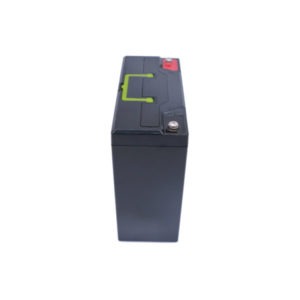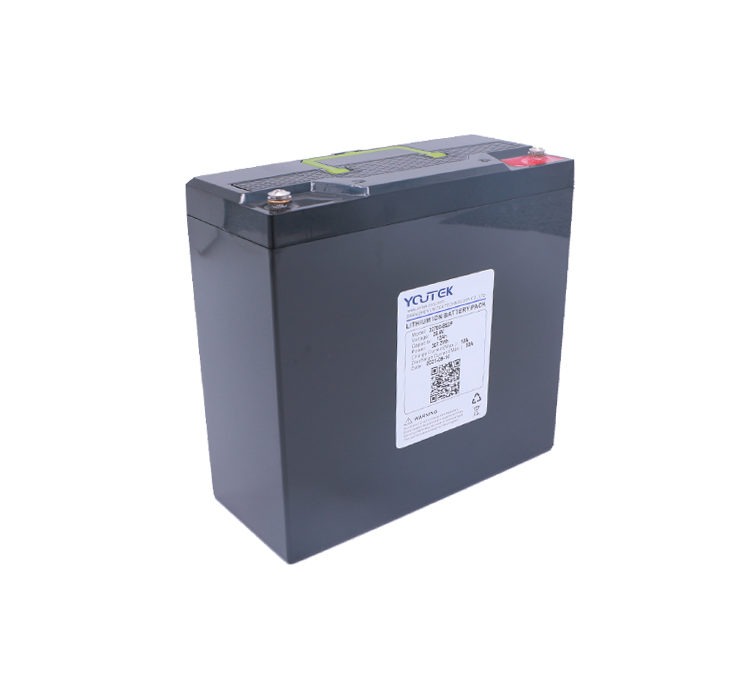AGV is usually powered by 24V or 48V DC industrial battery. The battery power supply shall reach the rated ampere hour value and generally meet the working needs of more than 8h. For the two shift working environment, the power supply capacity to require to great 17h. The battery can charge by random charging and full cycle charging. The random charging adopts vehicle maintenance free battery, which can to charge arbitrarily. In addition, at the standby parking station of AGV, it can charge at any time without time limit. Full cycle charging requires AGV to exit service and enter the specified charging area, and can only charge when the battery power drops to the specified range. This battery generally realizes the specifications of 4 hours of continuous charging and 2 hours of cooling. Some AGVs use a combination of the above two charging methods. There are three charging operations: automatic, manual and quick change. At present, nickel cadmium batteries, nickel hydrogen batteries, lithium batteries and lead-acid batteries to use for AGV.

Types of AGV common batteries
Nickel cadmium battery
Small internal resistance, can use for high current discharge, and the voltage change is small during discharge. Compared with other types of batteries, nickel cadmium batteries can withstand overcharge or over discharge. The operation is simple and convenient. The discharge voltage changes with the discharge current, generally 1 ~ 2V. In addition, the discharge termination voltage of nickel cadmium battery is 1oV / monomer, and the actual working temperature range is – 200c-600c, within which discharge can be carried out. Moreover, the charging and discharging can repeate more than 500 times.
Ni MH battery
The energy of Ni MH battery is twice that of Ni Cd battery. Charging with a dedicated charger can quickly charge in an hour. Moreover, the self discharge characteristic is better than that of nickel cadmium battery. It can maintain for a long time after charging, and can charge and discharge more than 500 times.
Lithium battery
High energy density. High voltage, the average working voltage is 36V, which is three times that of nickel cadmium battery and nickel hydrogen battery. Use flat voltage and high capacity. Moreover, the charging and discharging life is long. After 500 discharges, its capacity shall exceed 70% at least. Therefore, lithium battery has the characteristics of high energy density, high voltage and stable operation.
Lead acid battery
Lead acid battery is the most widely used battery in AGV. It uses spongy lead as the negative electrode and lead dioxide as the positive electrode. We call these two substances active substances. Sulfuric acid aqueous solution was used as electrolyte, and they jointly participated in the electrochemical reaction of the battery. AGV lead-acid battery has the advantages of good reversibility, stable voltage characteristics, long service life, wide application range, rich raw materials and low cost. It is mainly used in transportation, mining, port, national defense, computer, scientific research and other fields of the national economy. It is an indispensable product in social production and management activities and human life.
Common faults of AGV battery pack
Battery explosion
There are common faults in the volume distribution cabinet.
Low battery
The number of attached materials is small. The distance between the two sides of the member is large. Alternatively, lithium ion batteries have less electrolyte. It is also possible that the redox potential of lithium ion battery electrolyte is low. And the porosity of the diaphragm is very small. When the coil core is too thick, it is not charged. The specific capacity of battery positive material is small.
High resistance in rechargeable battery
Short circuit fault occurs before charging the battery. The porosity of diaphragm paper is very small.
Low working voltage of rechargeable battery
The electrolyte of lithium ion battery pack decomposes. The electrolyte of lithium ion battery pack decomposes. There is residue and water in the positive stage. The customer’s PCB circuit board is powered off. The customer did not touch welding and vibration lines as required. Micro short circuit fault. The cathode causes dendrites.
AGV battery pack features
Instead of manual handling
Reduce labor intensity.
Strong composability
The charging car can be easily realized by adding drive control unit.
High degree of automation and intelligence
The driving path of AGV can be flexibly changed according to the requirements of storage location and production process. And the cost of changing the running path is very low compared with the traditional conveyor belt and rigid conveyor line.
Progressiveness
AGV integrates advanced theories and applied technologies in the field of science and technology. Strong guidance ability, high positioning accuracy and good automatic driving performance. In addition, reduce manual and manual operation losses. Reduce personnel, save time and shorten staffing. Access to places inconvenient for personnel, optimize production structure and save manpower, material and financial resources.
Quick action
AGV battery pack is characterized by wheel movement. Compared with crawling or other non wheeled mobile robots, it has the advantages of fast action, high work efficiency, simple structure, strong controllability and good safety. Compared with the stacker, monorail trolley, conveyor belt, conveyor chain, conveyor track and fixed robot commonly used in material transportation, the active area of AGV does not need to lay fixed devices such as track and support frame, and is not limited by site, road and space. Therefore, in the automatic logistics system, it can fully reflect its automation and flexibility, and realize efficient, economic and flexible unmanned production.
AGV intelligent robot has greatly improved the efficiency of these industries with its automation and intelligent technology and management level.
